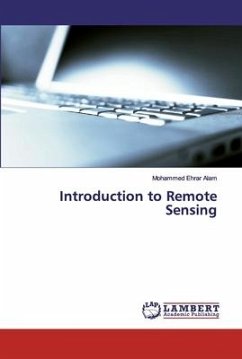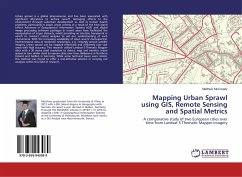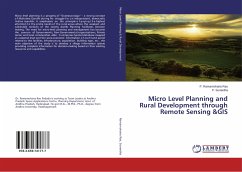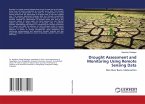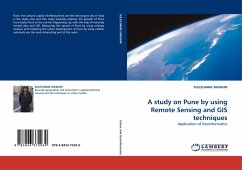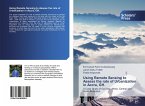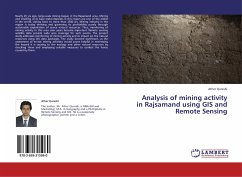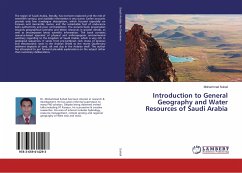Remote Sensing is defined as the art and science of obtaining information about an object without direct physical contact with it. Today, the world has entered the electronic information age which demands geospatial data acquisition and analysis. Remote Sensing gives an accurate and orderly spatial information and digital analysis using Geographic Information Systems (GIS) and it also uses various instruments for visual observation and analysis. Efforts have been made to present this book in a simple, easy, systematic and coherent manner for better understanding of the subject by under graduate level students and also arouse their curiosity and interest to learn by reading the book. This book comprises ten chapters; each chapter deals with specific objectives and maintains a systematic and coherent approach.
Bitte wählen Sie Ihr Anliegen aus.
Rechnungen
Retourenschein anfordern
Bestellstatus
Storno

